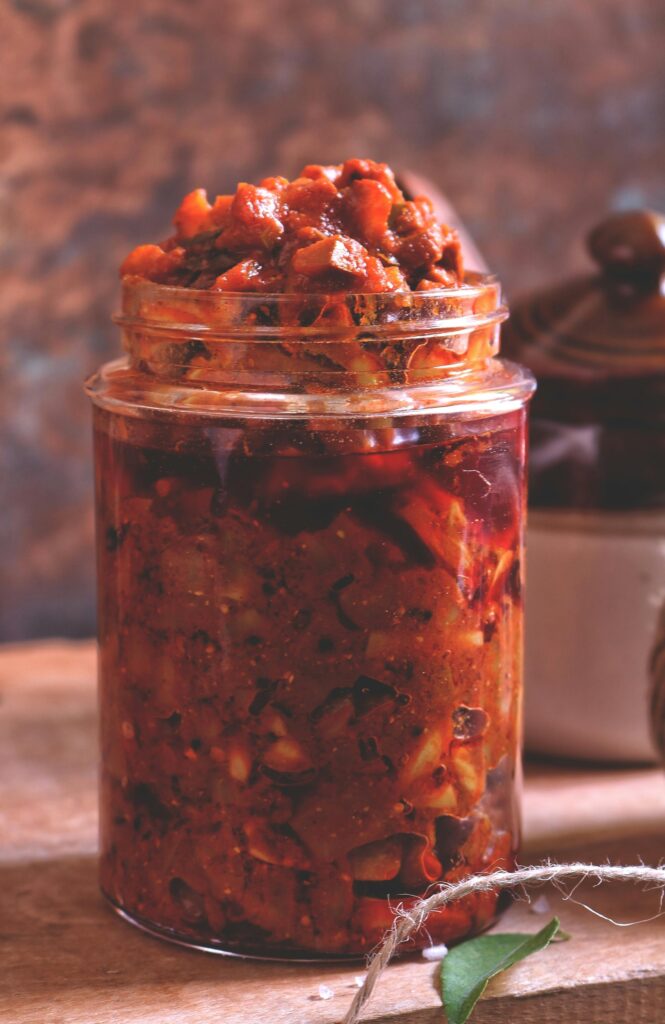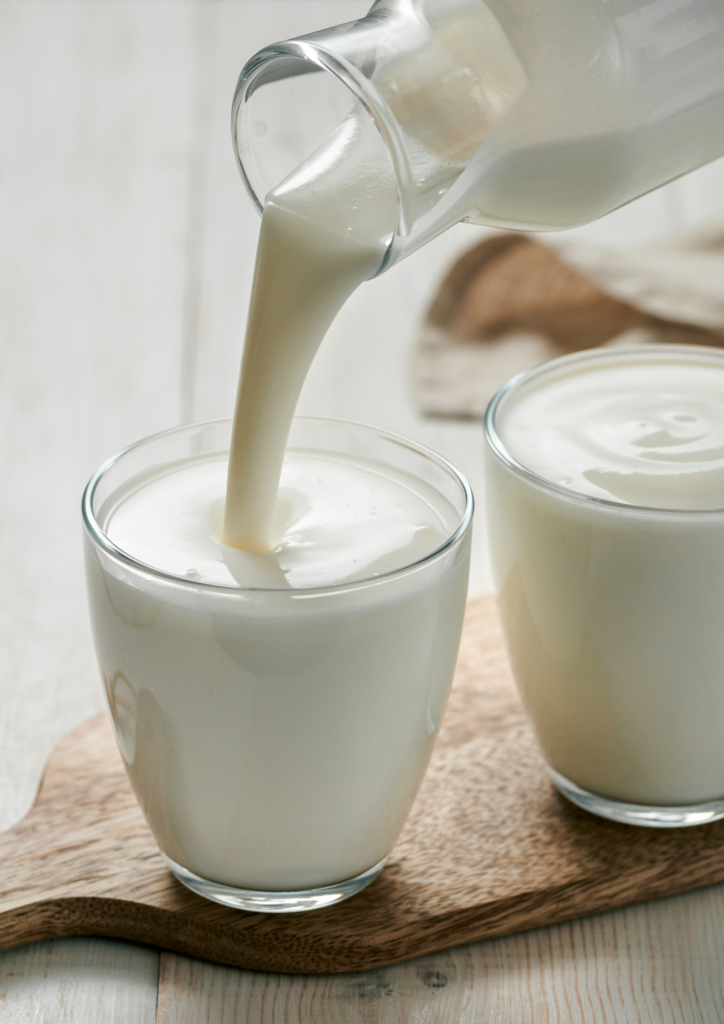The Art of Making Fermented Hot Sauce: A Spicy Probiotic Treat
Spice lovers, rejoice! Fermented hot sauce is not just a fiery addition to your meals; it’s also a gut-friendly probiotic treat. Unlike store-bought versions laden with preservatives, homemade fermented hot sauce is rich in beneficial bacteria that support digestive health. Let’s dive into the art of creating your own zesty and healthy condiment right at home.
There’s something undeniably magical about the balance of heat and flavor in a perfectly crafted hot sauce. It’s a condiment that can transform a bland meal into a culinary masterpiece, adding a spicy kick that tantalizes the taste buds. But what if your hot sauce could offer more than just flavor? Enter fermented hot sauce—a tangy, probiotic-packed alternative to the store-bought varieties. Beyond its bold taste, fermented hot sauce is a living food that supports gut health, boosts digestion, and brings a deeper complexity to your meals.
Fermentation has been used for centuries to preserve foods and enhance their nutritional value. By harnessing the power of natural bacteria, you can turn simple ingredients like chili peppers, garlic, and salt into a nutrient-dense, flavor-rich hot sauce that’s as good for your health as it is for your palate. Whether you’re a seasoned chef or a DIY enthusiast looking to explore the world of fermentation, this guide will walk you through the art of making your own fermented hot sauce. From the science behind fermentation to the step-by-step process, you’ll discover how easy and rewarding it is to create this spicy probiotic treat in your own kitchen.

“Spice up your life and nourish your gut—fermented hot sauce offers the best of both worlds!”
Why Fermented Hot Sauce?
Fermentation enhances both the flavor and nutritional value of hot sauce. It:
- Supports Gut Health: Packed with probiotics that aid digestion.
- Boosts Nutrient Absorption: Fermentation breaks down compounds, making nutrients more bioavailable.
- Deepens Flavor: Fermentation adds a tangy complexity that elevates the taste.
Ingredients
| Ingredient | Quantity | Notes |
|---|---|---|
| Fresh chili peppers | 2 cups | Any variety (e.g., jalapeño, habanero) |
| Garlic cloves | 4 cloves | For added flavor |
| Sea salt | 1 tablespoon | Non-iodized |
| Water | 2 cups | Filtered, to avoid chlorine |
| Optional: herbs, spices, or fruits | Varies | Customize your flavor! |
Tools
- Mason jar with an airlock lid or a regular jar with a loose-fitting lid.
- Blender or food processor.
- A weight (to keep peppers submerged).

Step-by-Step Recipe
1. Prepare the Peppers
- Wash and chop your chili peppers (remove seeds for less heat).
- Peel and roughly chop garlic cloves.
2. Make the Brine
- Dissolve 1 tablespoon of sea salt in 2 cups of filtered water.
3. Pack the Jar
- Place the chopped peppers and garlic into your mason jar, leaving about 1-2 inches of headspace.
- Pour the brine over the peppers until fully submerged.
4. Weigh Down the Peppers
- Use a fermentation weight or a small glass jar to keep the peppers below the brine.
5. Seal and Ferment
- Loosely seal the jar or use an airlock lid to release gas.
- Store in a cool, dark place (60-75°F) for 7-14 days, tasting periodically.
6. Blend and Bottle
- Once fermentation is complete, blend the peppers and brine into a smooth sauce. Adjust thickness by adding more water if necessary.
- Transfer the sauce to a clean bottle or jar.
Tips for Success
- Use fresh ingredients: Fresh peppers and garlic yield the best flavor.
- Watch for mold: Ensure all peppers stay submerged to avoid spoilage.
- Customize: Add fruits (like mango) or spices (like cumin) for unique flavors.
Why Homemade is Better

Unlike commercial hot sauces, homemade fermented versions are free from artificial additives. You control the heat level, flavor profile, and quality of ingredients, making it a healthier and tastier alternative.
Pairing Suggestions
- Add to scrambled eggs for a spicy kick.
- Drizzle over tacos or burrito bowls.
- Mix into marinades for grilled meats.
Nutritional Benefits of Fermented Hot Sauce
| Nutrient | Benefit |
|---|---|
| Probiotics | Supports gut health |
| Capsaicin | Anti-inflammatory properties |
| Vitamin C | Boosts immunity |
Conclusion
Fermented hot sauce isn’t just a delicious condiment; it’s a testament to the beauty and power of natural food processes. By embracing the art of fermentation, you’re not only creating a healthier alternative to store-bought sauces but also connecting with a tradition that dates back centuries. Each batch of homemade hot sauce is a unique reflection of your taste preferences and creativity, allowing you to experiment with different peppers, herbs, and spices to craft a signature flavor that stands out.
In a world where processed foods dominate, taking the time to make your own fermented hot sauce is a small yet impactful step toward a healthier, more sustainable lifestyle. Whether you drizzle it over your eggs, mix it into soups, or use it as a marinade, your homemade hot sauce will elevate your dishes and nourish your body. So, gather your ingredients, prepare your jars, and start fermenting. The journey to creating your own spicy probiotic masterpiece awaits—and your taste buds (and gut) will thank you! 🌶️
References
- Katz, Sandor. The Art of Fermentation. Chelsea Green Publishing, 2012.
- Bauman, Ed. “The Health Benefits of Probiotic Foods.” Nutrition Journal, vol. 13, no. 4, 2014.
- Smith, L. “Capsaicin’s Role in Reducing Inflammation.” Journal of Food Science, 2018.
Enjoy the fiery and flavorful journey of making your own fermented hot sauce. Happy fermenting!
As an Amazon Affiliate, we earn from qualifying purchases, but at no extra cost to you.



